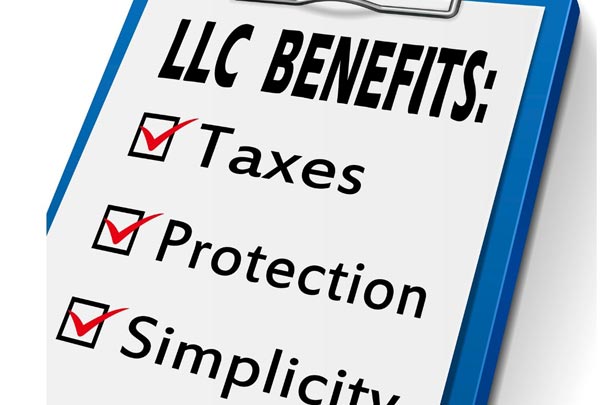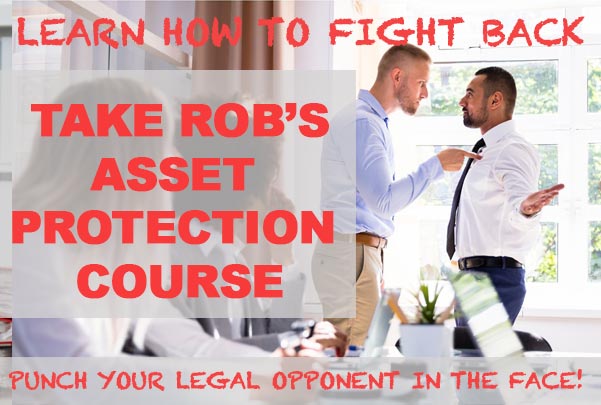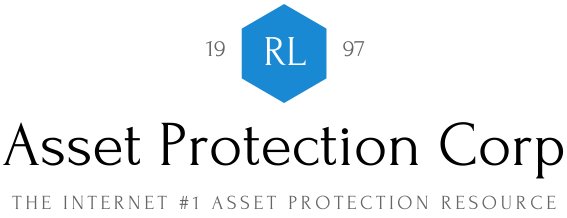The Taxable Estate explained
The property subject to being taxed is known as the taxable estate. This is not the same as the probate estate or the estate provided in a will. For example, any property placed in a trust which states that you will receive the income during your lifetime and, upon your death, the principal goes to your children is not in your probate estate.
A will does not control who receives what,and yet it is in your taxable estate because you received the income from it and you were the trust’s creator. Typically, any property that you once owned and now receive the income from, or any property in which you controlled or retained the right to say who will receive what is in your taxable estate. For instance, life insurance is, more often than not, in your taxable estate because you retained the right to designate beneficiaries, even though you may never see any of the insurance money.
The Life Estate explained
This is also known as a life interest. Someone having a life estate has a right to use the asset in which he has in a life estate for his lifetime. The right can also exist for the lifetime of somebody else. The right extends to the use of the asset and the income derived from it. However, this right does not include consuming the asset.
These concepts first arose in regard to land. The holder of the life estate, known as a life tenant, could farm the land, sell the crops and keep the proceeds. The life tenant could also reside in any house located on the property. However, the life tenant could not directly sell the property. Today, this concept is usually applied to financial assets. The life tenant has the right to the income, but not the principal. For sensible reasons, assets that are to be used by a beneficiary for life are, in most cases, placed into a trust so that a trustee will have control over them with power in enforcing the terms of the life tenancy.

Estate Planning
The necessity for estate planning
Estate planning fraud
Estate planning documents
- The Taxable Estate explained
- The Life Estate explained
- Some information on Estate Planning
newsletter signup
[forminator_form id=”1485″]

FIGHTING BACK!
